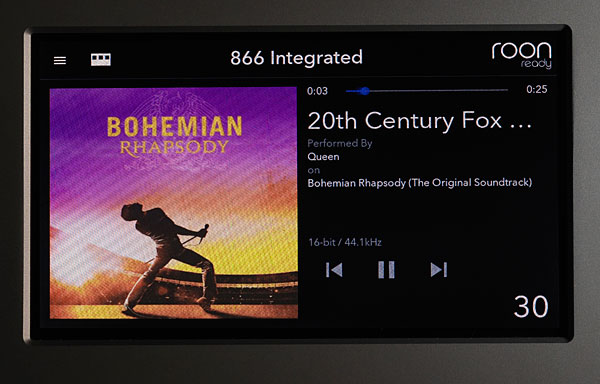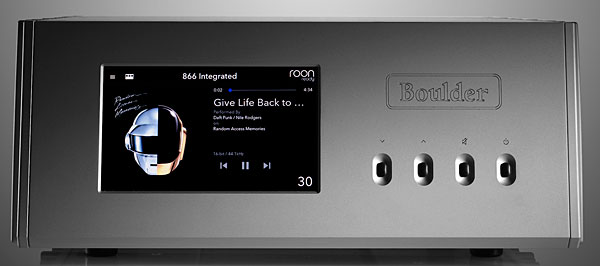| Columns Retired Columns & Blogs |
How nice it is to see extended frequency response and a pure untouched 10k square wave like this without the need of an Audio Precision auxiliary AUX-0025 passive low-pass filter to hide/mask the switching noise oscillations all over it. Like Class-D needs to make it look not even half as good as this, and with out the AP filter!! buzz saw comes to mind, but sadly that not shown anymore, as it's too visually bad for business.
Cheers George











































